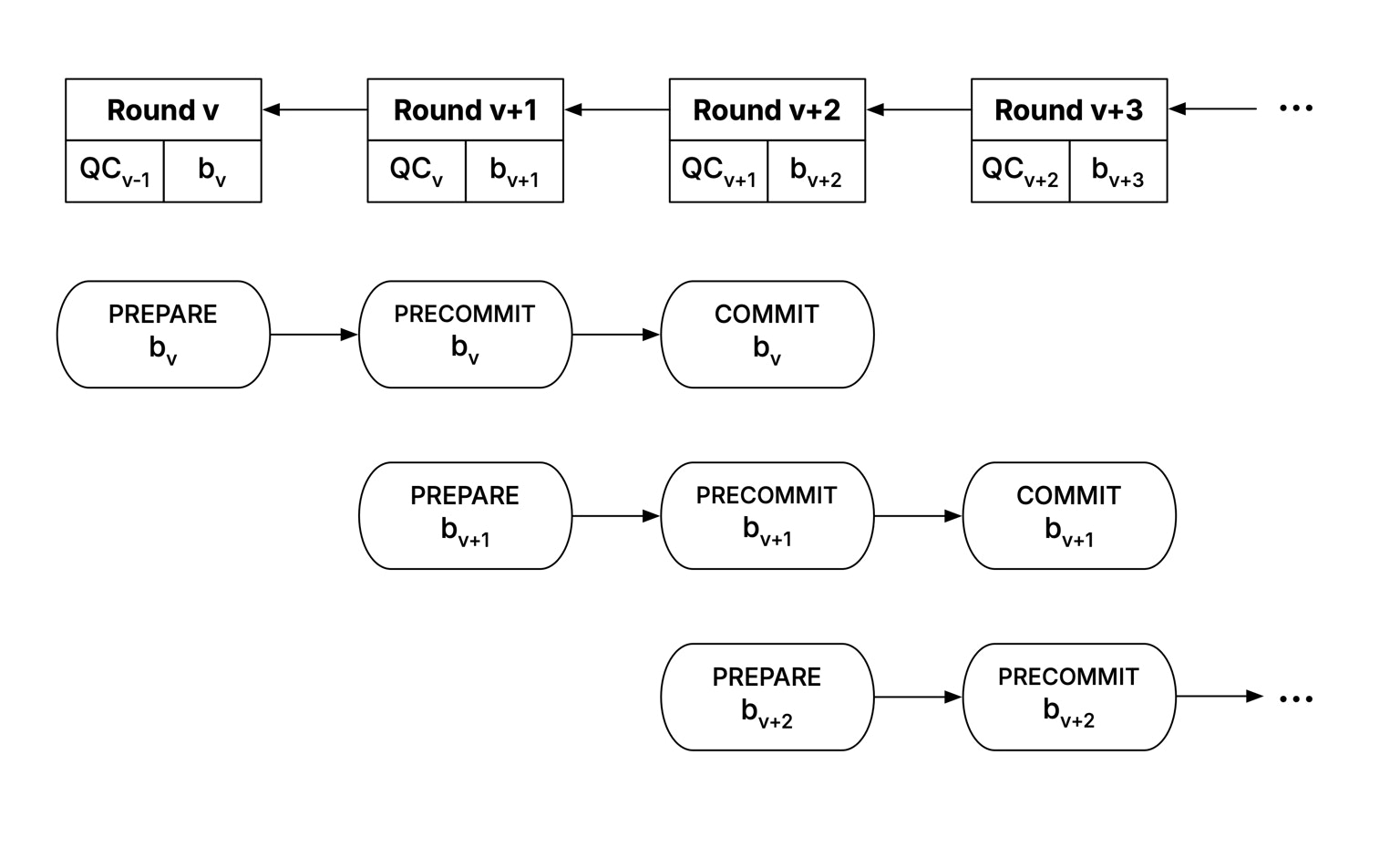The Proof of Stake and Committee Formation mechanism are under active development. This page outlines the intended architecture but is subject to change.
Overview
Block Production and Validator Selection
Plasma uses a Proof of Stake mechanism for validator selection. Unlike other PoS networks, Plasma’s staking model is designed for simplicity and predictability:- Misbehaving validators slash rewards, not collateral
- Validators are not penalized for liveness failures
- We are exploring optional no-lock staking to allow stake withdrawal without delay
Consensus Rollout
Plasma’s consensus will launch in three phases:- Trusted Validator Launch A small group of known validators will secure the network at mainnet launch, allowing for stability and protocol iteration.
- Validator Expansion The validator set will scale to test horizontal performance under larger committee sizes and validate throughput under load.
- Permissionless Participation Plasma will open validator access to the public, enabling full decentralization while preserving protocol-level safety guarantees.
Committee Formation
Committee formation is designed to scale BFT consensus without degrading performance. In PlasmaBFT, a subset of validators is selected to participate in each round. This reduces communication overhead and avoids the quadratic complexity of all-to-all messaging. Validators are selected via a cryptographically secure, stake-weighted random process. Selection is deterministic, auditable, and resistant to Sybil attacks. Each validator in the committee is known in advance for the round, allowing efficient signature verification and equivocation detection without additional communication.Reward Slashing, Not Stake Slashing
Plasma intentionally avoids punitive stake slashing. Instead, we rely on reward slashing, where validators who misbehave or fail to participate lose block rewards without losing their capital. This decision reflects three goals:- Reduce user risk: Unexpected capital loss is not acceptable in institutional contexts.
- Align with real-world systems: Poor performance leads to lower returns, not total fund loss.
- Encourage rational behavior: If misbehavior reduces expected earnings, rational validators follow the protocol.
HotStuff Overview
HotStuff is a modern BFT consensus protocol that improves on earlier models like Tendermint by reducing communication overhead and enabling responsiveness. At its core:- HotStuff operates in a leader-based round structure
- Validators vote on proposed blocks
- Once a quorum of votes is collected, a Quorum Certificate (QC) is formed
- QCs are chained to prove finality and maintain safety
- Linear communication complexity
- Responsiveness without fixed delays
- Safe and fast leader changes
PlasmaBFT
PlasmaBFT is a pipelined, Rust-based implementation of Fast HotStuff. It maintains the safety guarantees of classic BFT but optimizes for faster commit paths and lower latency.Key Design Properties
- Fast path two-chain commit In the common case, blocks can be finalized after two consecutive QCs. A third phase is avoided unless needed, reducing round latency.
-
Quorum size and safety
PlasmaBFT requires
n ≥_3f + 1, where f is the number of Byzantine validators. Quorum size isq = 2f + 1. This ensures no two conflicting blocks can both be finalized unless more than one-third of validators are malicious. - Signature aggregation and QCs QCs consist of aggregated validator signatures, and encode proof that validators agree on a block. When QCs build on each other, they can establish finality.
- High throughput PlasmaBFT can finalize many thousands of transactions per second in internal benchmarks, due to pipelining and minimal message complexity.
Pipelining
PlasmaBFT supports pipelining, allowing the proposal of a new block to begin while the previous block is still being committed. This increases throughput by overlapping block proposal and finality steps.
View Changes and AggQCs
When a leader fails or a view change occurs, PlasmaBFT uses aggregated QCs (AggQCs) to maintain liveness and prevent equivocation.- Validators forward their most recent QC to the new leader
- The new leader aggregates these into an AggQC
- This establishes the highest known block and allows safe progress
Summary
PlasmaBFT is the backbone of the Plasma chain. It combines the theoretical strength of BFT consensus with pragmatic performance engineering, delivering:- Finality in seconds
- High throughput under load
- Resilience to faults without over-penalizing honest participants
- Architecture built for scale without compromising security
References
- J. Kwon, “Tendermint: Consensus without mining,” Draft v. 0.6, Fall, vol. 1, no. 11, pp. 1–11, 2014. Available: https://tendermint.com/static/docs/tendermint.pdf
- D. Malkhi and K. Nayak, “HotStuff-2: Optimal Two-Phase Responsive BFT,” 2023, 2023/397. [Online]. Available: https://eprint.iacr.org/2023/397
- M. M. Jalalzai, J. Niu, C. Feng, and F. Gai, “Fast-HotStuff: A Fast and Robust BFT Protocol for Blockchains,” IEEE Trans. Dependable and Secure Comput., vol. 21, no. 4, pp. 2478–2493, Jul. 2024, doi: 10.1109/TDSC.2023.3308848. Available online.
- R. Gelashvili, L. Kokoris-Kogias, A. Sonnino, and Z. Xiang, “Jolteon and Ditto: Network-Adaptive Efficient Consensus with Asynchronous Fallback,” Financial Cryptography and Data Security, p. 32, 2022. Available: https://arxiv.org/pdf/2106.10362
- M. Yin, D. Malkhi, M. K. Reiter, G. G. Gueta, and I. Abraham, “HotStuff: BFT Consensus with Linearity and Responsiveness,” in Proceedings of the 2019 ACM Symposium on Principles of Distributed Computing, PODC ’19, New York, NY, USA, Jul. 2019, pp. 347–356. Available: https://dl.acm.org/doi/pdf/10.1145/3293611.3331591
- S. Nakamoto, “Bitcoin: A Peer-to-Peer Electronic Cash System,” 2008. Available: https://bitcoin.org/bitcoin.pdf
- M. Castro and B. Liskov, “Practical Byzantine Fault Tolerance,” in Proceedings of the Third Symposium on Operating Systems Design and Implementation, OSDI ’99, Berkeley, CA, USA: USENIX Association, 1999, pp. 173–186. [Online]. Available: https://www.usenix.org/legacy/publications/library/proceedings/osdi99/full_papers/castro/castro.ps